11 European Cities Where You Can Still Walk on Roman Roads
When traveling through Europe, it is easy to overlook the history beneath your feet. Roman roads, some dating back over two thousand years, continue to shape the landscapes of several European cities. While some have vanished with time, others remain remarkably well-preserved. Walking on these ancient roads is like stepping into a living museum.
This post may contain affiliate links, which helps keep this content free. Please read our disclosure for more info.
Rome, Italy
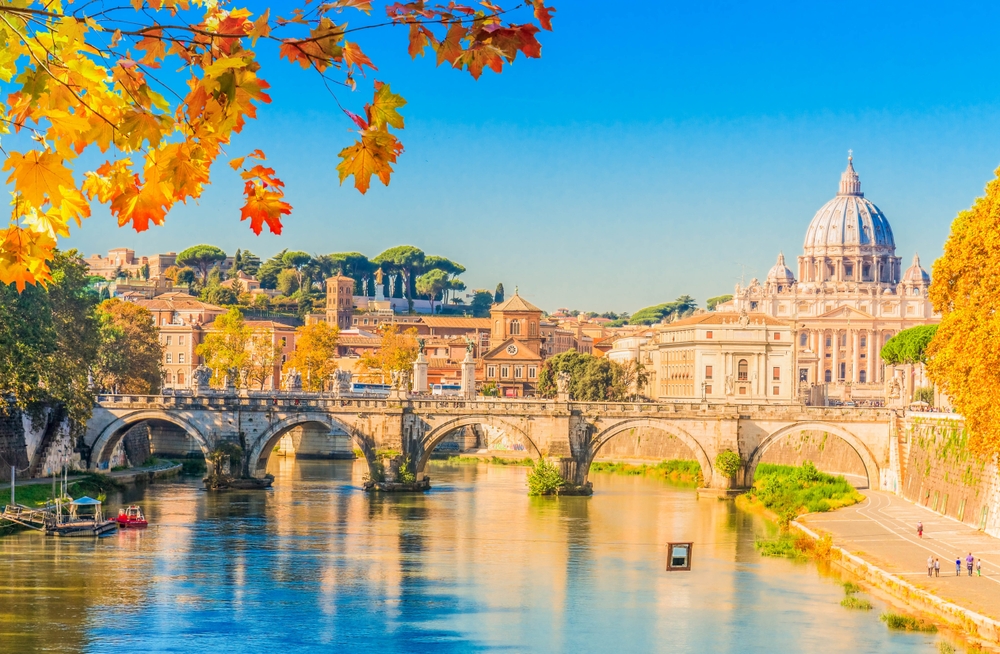
Rome, the heart of the Roman Empire, offers some of the best-preserved roads from the ancient world. Via Appia, also known as the Appian Way, is one of the most famous Roman roads still visible today. Stretching from Rome to Brindisi, it served as a critical route for both military and trade purposes. Walking on this road provides a direct connection to the empire’s past, and visitors can admire ancient tombs and ruins along the way.
The Via Appia is not the only Roman road in Rome. The city is home to several others, such as the Via Aurelia and Via Tiburtina. These roads, though less famous, still offer a glimpse into the past. Many of them run parallel to modern streets, providing a unique contrast between ancient and contemporary Rome.
Bath, England
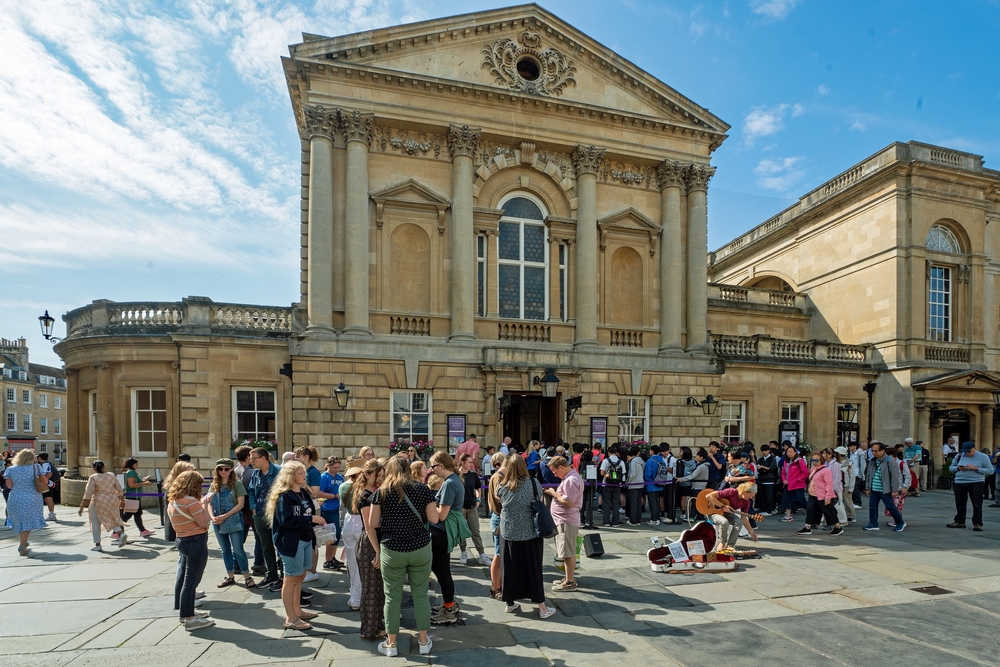
Bath, known for its Roman baths, is home to several Roman roads that are still visible in the modern city. The Roman Baths and the adjacent temple are connected by roads that were once bustling with activity. These roads were part of the Roman settlement known as Aquae Sulis, which flourished as a spa town. Walking through Bath’s streets, you can trace the ancient routes that led to the hot springs.
The most famous road is the Via Julia, which connected Bath to other important Roman sites in Britain. Today, you can walk parts of this ancient road, surrounded by beautiful Georgian architecture. The combination of Roman and Georgian structures creates a stunning contrast, giving Bath its unique charm. The city continues to be an important historical and cultural center in the UK.
Trier, Germany
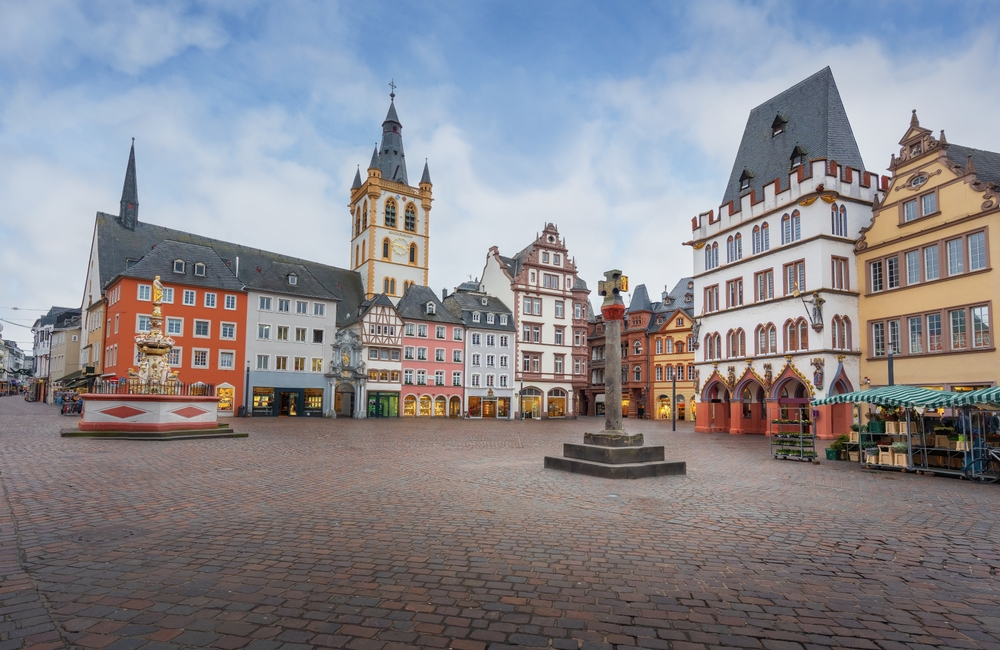
Trier, once known as Augusta Treverorum, is one of Germany’s oldest cities and has preserved its Roman roads well. The city was a major Roman center in the 3rd and 4th centuries, and parts of its roads are still visible. One of the most important Roman roads in Trier is the Via Augusta, which connected Trier to Italy and other parts of the empire. Walking along these roads, you can see the ancient stones that once supported Roman legions.
Trier’s roads were vital for military, trade, and communication purposes during the Roman era. The city also boasts several Roman monuments, including the Porta Nigra, a well-preserved city gate. Today, these Roman roads offer a fascinating way to explore Trier’s rich history. The combination of ancient ruins and well-maintained roads makes Trier a must-visit for history enthusiasts.
Verona, Italy
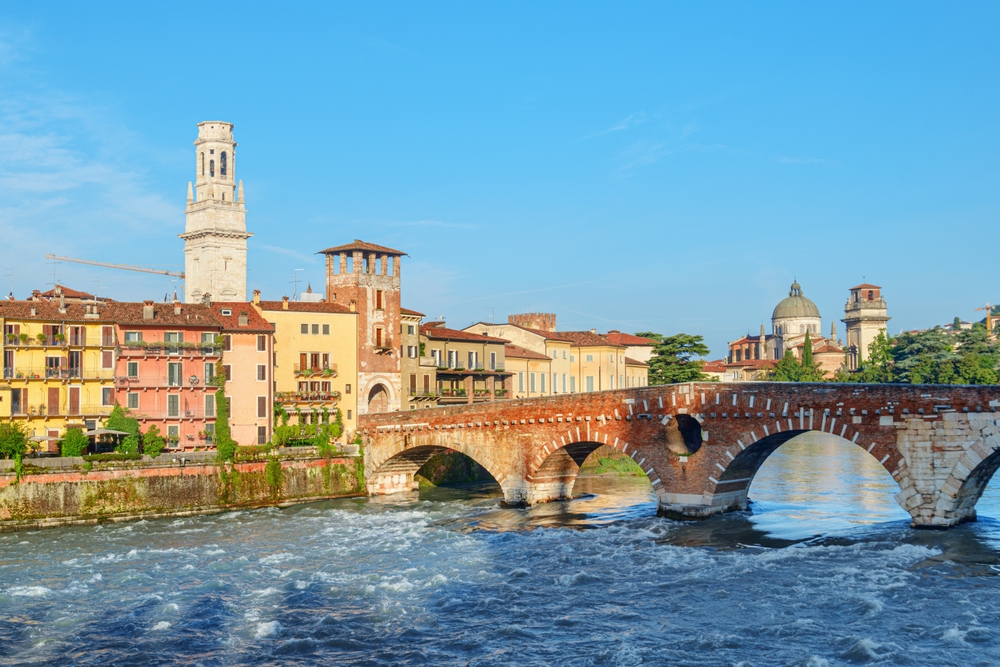
Verona, a UNESCO World Heritage site, is famous for its Roman amphitheater and ancient roads. The Via Postumia, which passed through Verona, is one of the most significant Roman roads in the region. This road connected the Po River with the Ligurian Sea, facilitating trade and military movements. Today, parts of the Via Postumia can still be walked, with ancient milestones and inscriptions along the route.
Verona’s Roman roads were once integral to the empire’s infrastructure, and they continue to be an important part of the city’s heritage. The roads in Verona are well-preserved and offer a unique glimpse into the past. Visitors can explore the city’s Roman heritage while walking on roads that have stood the test of time. The combination of ancient and medieval structures adds to Verona’s historical appeal.
Nîmes, France
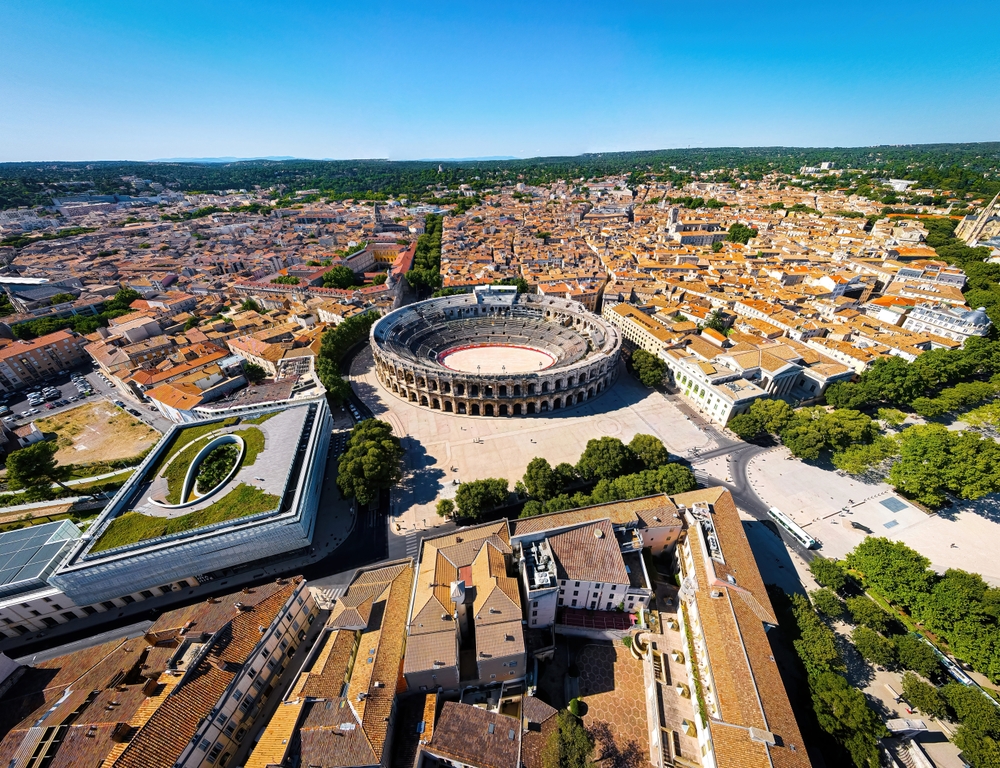
Nîmes, often referred to as the “Rome of France,” is home to several Roman roads that are still intact today. The Via Domitia, one of the most famous Roman roads in Gaul, passed through Nîmes. This road connected the Roman territories in Spain with Italy, and parts of it can still be explored in the city. Nîmes’ Roman roads were vital for both military and economic purposes, linking the Mediterranean region with the rest of the empire.
The city also boasts impressive Roman monuments, such as the Pont du Gard aqueduct and the Nîmes Arena. Walking along these roads gives you a sense of the importance of Nîmes in Roman times. The well-preserved streets and ancient architecture make Nîmes a fascinating destination for those interested in Roman history. It continues to attract tourists from around the world, eager to walk in the footsteps of the ancient Romans.
Arles, France
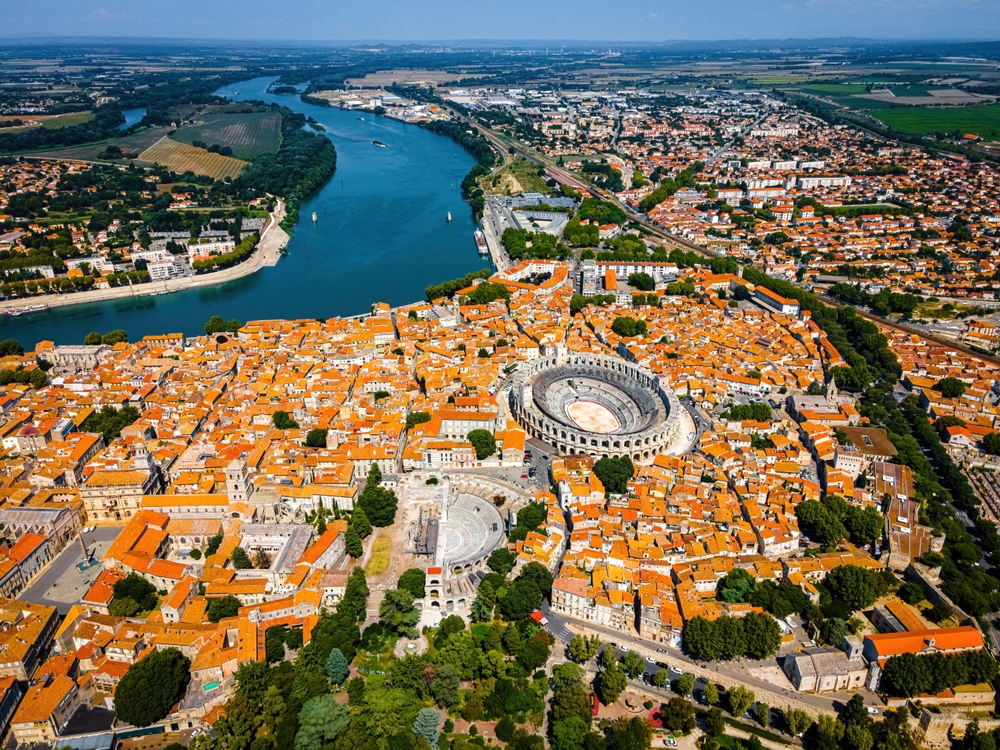
Arles, located in the south of France, is another city rich in Roman history, with several Roman roads still visible today. The Via Aurelia, a major Roman road, passed through Arles, linking the city with other important Roman settlements along the Mediterranean coast. This road was vital for both military and commercial purposes, facilitating trade and communication across the empire. Today, parts of the Via Aurelia are still accessible to visitors.
Arles is also home to the impressive Roman Theater and the well-preserved arena, adding to its historical significance. The city’s Roman roads were designed with precision, and many remain in use as part of modern-day streets. Walking along these ancient routes gives visitors a tangible connection to the Roman past. The blend of Roman and modern elements makes Arles an exciting place to explore for history lovers.
Córdoba, Spain
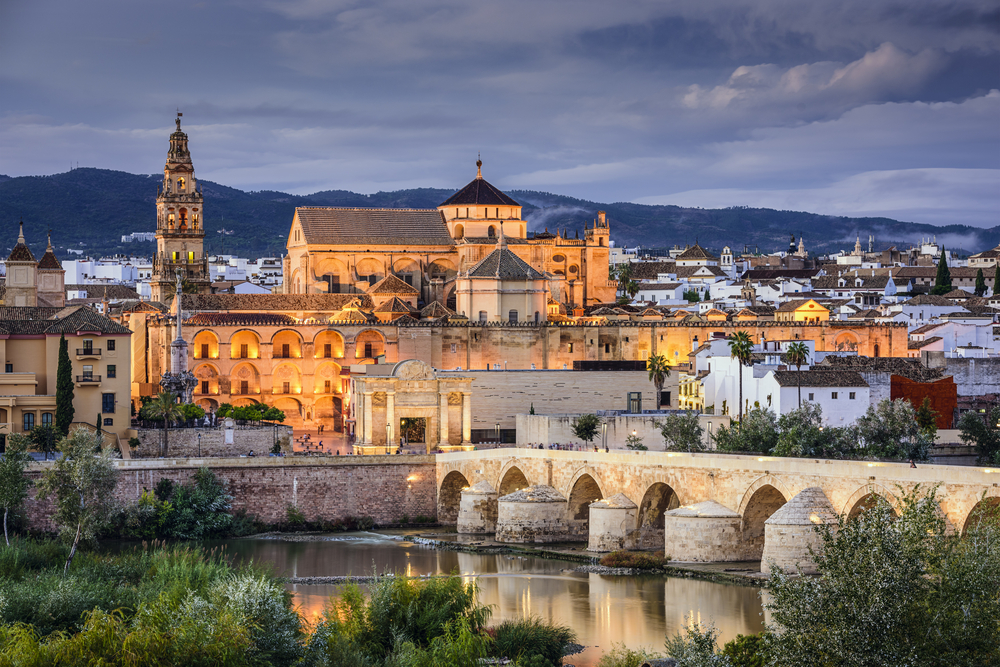
Córdoba, a key city in Roman Hispania, has several Roman roads that are still in use today. The Via Augusta, which passed through Córdoba, connected the city to the rest of Roman Spain and beyond. Walking along these roads, you can trace the path of Roman soldiers, merchants, and travelers who once moved through the region. The city’s roads were integral to its growth as a Roman center.
Córdoba’s Roman roads are an important part of the city’s rich history, and many of them are still used in modern transportation networks. The city also boasts several well-preserved Roman monuments, such as the Roman Bridge, which spans the Guadalquivir River. The blend of Roman, Moorish, and modern architecture creates a unique atmosphere in Córdoba. It is an essential destination for those interested in the Roman legacy in Spain.
Lisbon, Portugal
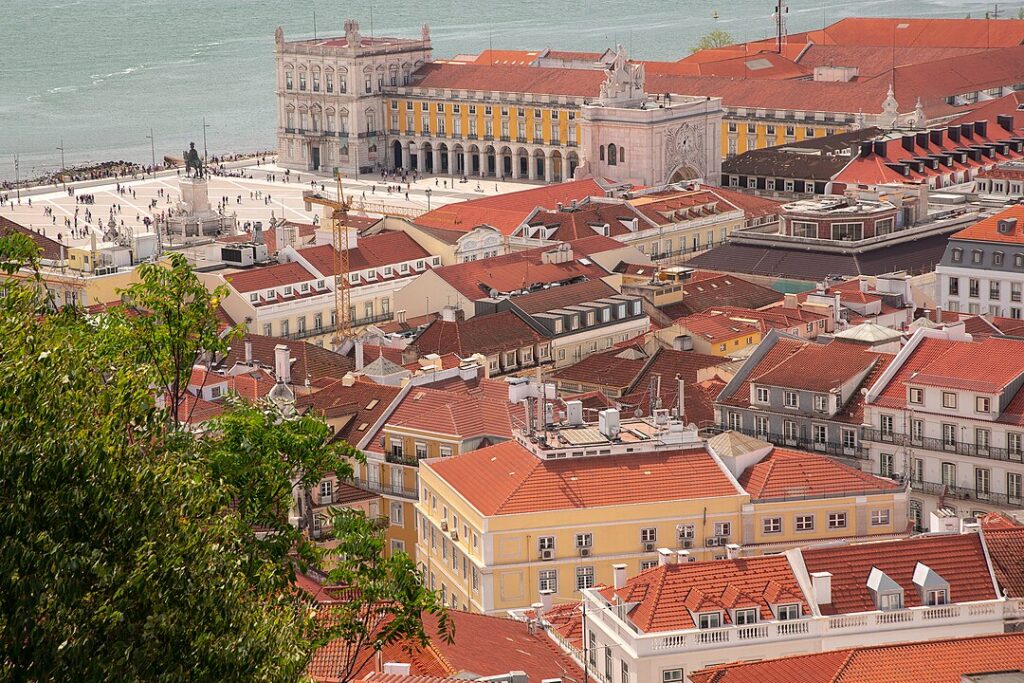
Lisbon, the capital of Portugal, is home to remnants of Roman roads that are still visible in the city’s landscape. The Via Militaris, a Roman road that connected Lisbon to other parts of the empire, can still be traced through certain parts of the city. These roads were vital for the Roman military and played a key role in the empire’s expansion into Iberia. Today, visitors can walk along sections of these roads and explore the ancient city.
In addition to the Roman roads, Lisbon is home to several Roman ruins, such as the Roman Theatre and the Lisbon Museum. The city’s historical layers provide an intriguing blend of ancient and modern architecture. Walking through Lisbon is like taking a step back in time, with the Roman roads offering a direct connection to the past. The city’s rich Roman heritage makes it an excellent destination for history enthusiasts.
Segovia, Spain
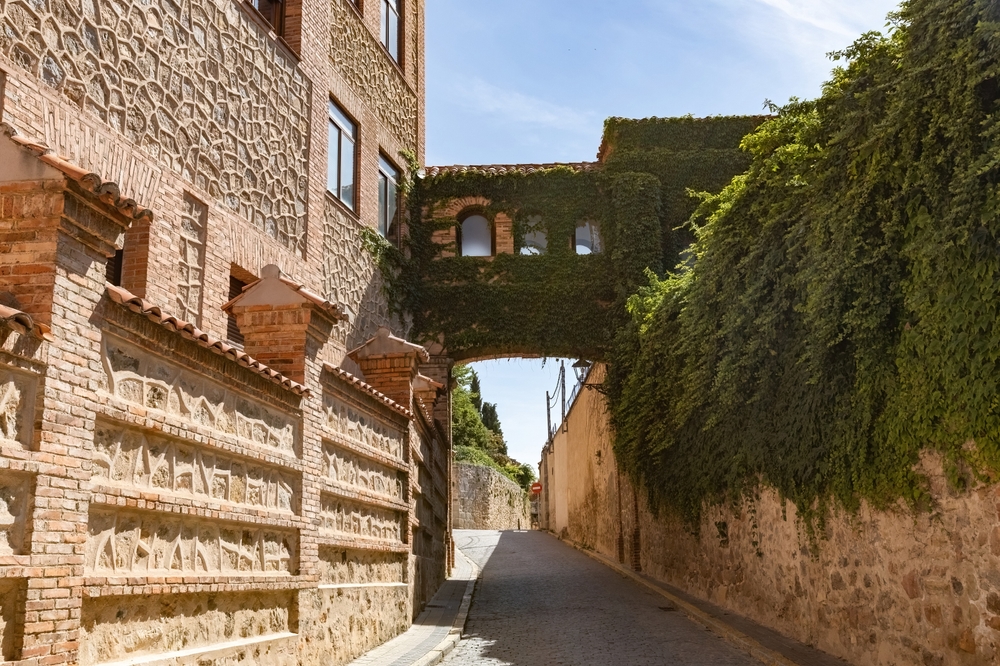
Segovia, known for its impressive Roman aqueduct, also has several Roman roads that are still intact. The Via Claudia, one of the major roads of Roman Hispania, passed through Segovia, linking it to other Roman cities. These roads were essential for trade and military movements, and many of them are still in use today. Walking along these ancient routes gives visitors a unique opportunity to experience the Roman past firsthand.
In addition to the Roman roads, Segovia is home to several other Roman ruins, such as the aqueduct, which remains one of the best-preserved examples of Roman engineering. The city’s Roman heritage is an important part of its identity, and visitors can explore it through both the roads and the monuments. Segovia’s historical significance makes it a fascinating destination for those interested in Roman history. The combination of ancient and medieval structures adds to its charm.
Milan, Italy
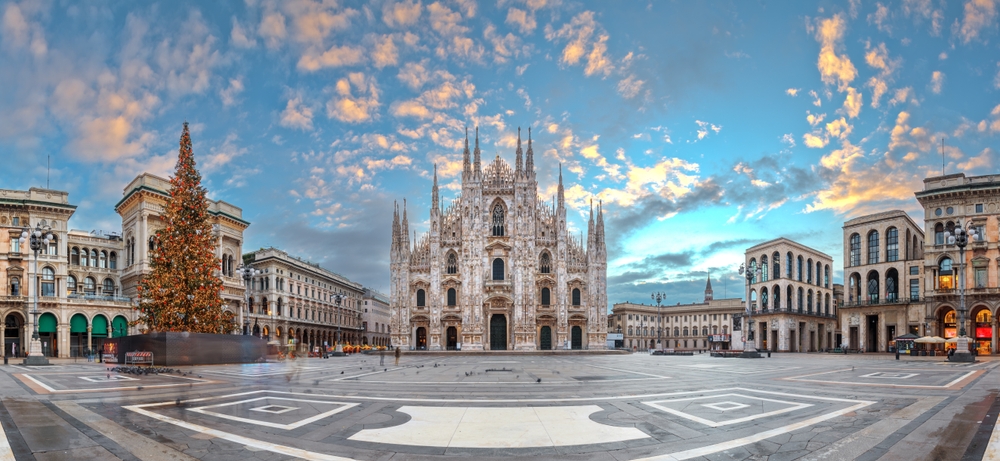
Milan, an important city in Roman Italy, has several Roman roads that are still visible today. The Via Aurelia, which connected Milan to other major Roman cities, passed through the area. Today, parts of this road can still be walked, providing a connection to the city’s ancient past. Milan’s Roman roads were vital for the movement of goods and soldiers throughout the empire.
Milan is also home to several Roman ruins, such as the remains of the Porta Romana, a Roman gate that once marked the city’s boundaries. The roads and ruins of Milan are a testament to the city’s significance during the Roman era. Walking through Milan is like stepping back in time, with the city’s rich history visible in both its roads and monuments. The blend of ancient and modern elements makes Milan a fascinating destination for history lovers.
Santiago de Compostela, Spain
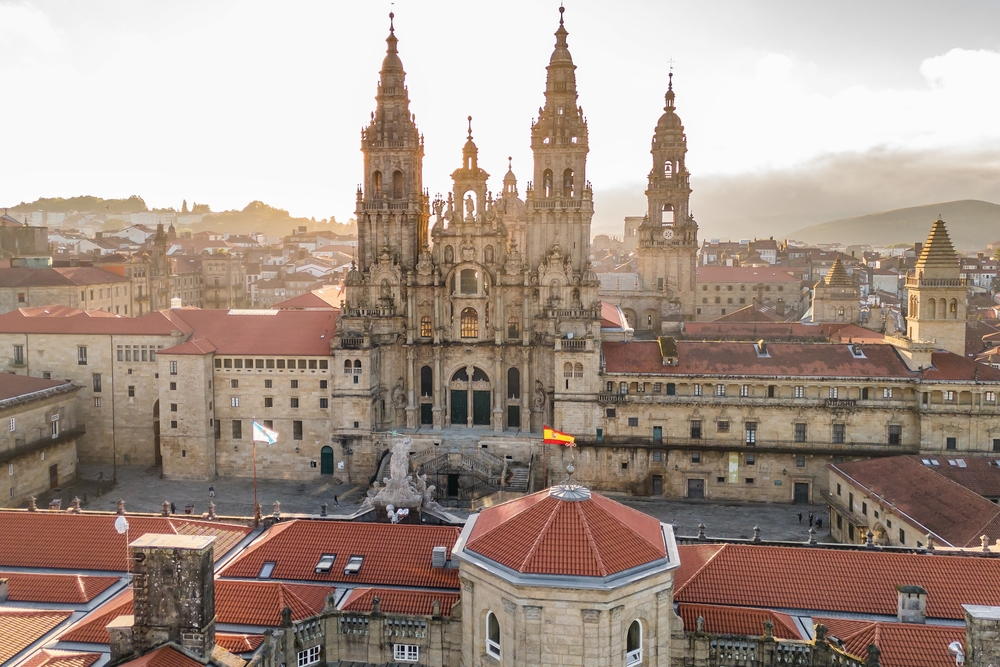
Santiago de Compostela, a city in Galicia, Spain, is home to remnants of Roman roads that are still used today. The Via Augusta, which passed through the city, connected it to other important Roman settlements. These roads were critical for trade and military purposes, and walking along them today offers a direct link to Roman history. The roads in Santiago de Compostela were also part of the ancient pilgrimage routes to the city.
The city is also known for its cathedral, which is a UNESCO World Heritage site. Santiago de Compostela’s Roman roads are just one of the many historical features that make the city so important. Walking along these ancient paths provides visitors with a unique experience, blending history with spirituality. Santiago de Compostela remains a significant destination for history and culture.
Aix-en-Provence, France
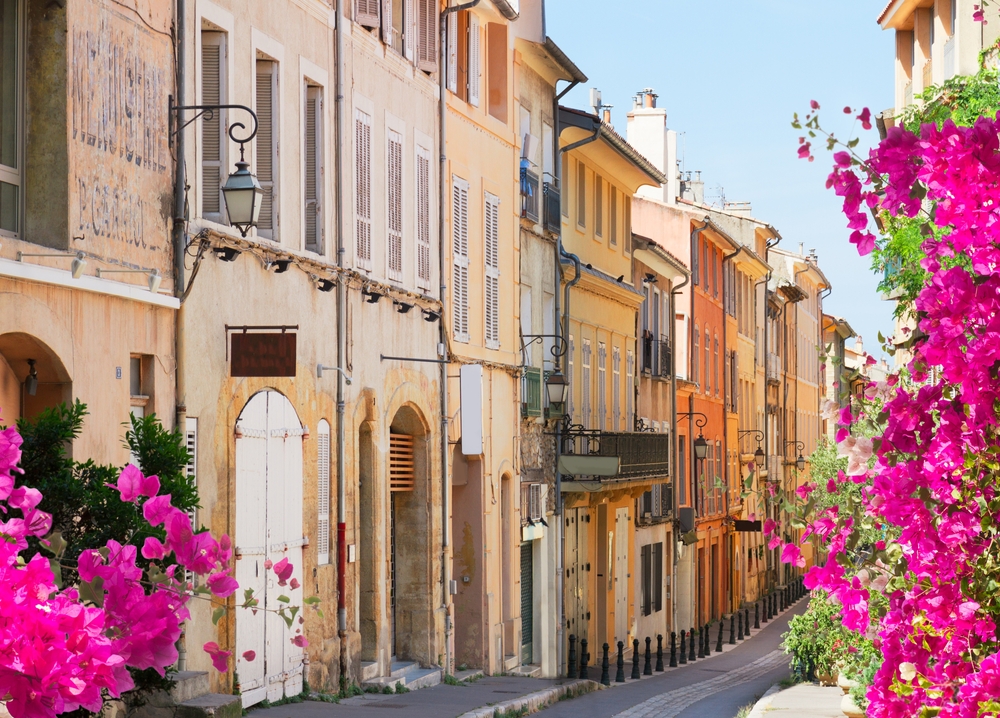
Aix-en-Provence, a city in southern France, has several Roman roads that are still in use today. The Via Aurelia, one of the main Roman roads, passed through the city, connecting it to other parts of the Roman Empire. Walking along these roads offers a glimpse into the past, with many sections of the ancient route still visible. Aix-en-Provence’s roads were vital for both military and commercial activities in Roman times.
In addition to the roads, Aix-en-Provence is known for its Roman monuments, such as the Temple of Apollo and the Roman Baths. The city’s rich Roman history can be experienced by walking along its ancient streets and visiting its historical landmarks. Aix-en-Provence’s combination of Roman and modern elements creates a unique atmosphere for visitors. The city remains an important destination for those interested in Roman history and architecture.
This article originally appeared on Avocadu.
